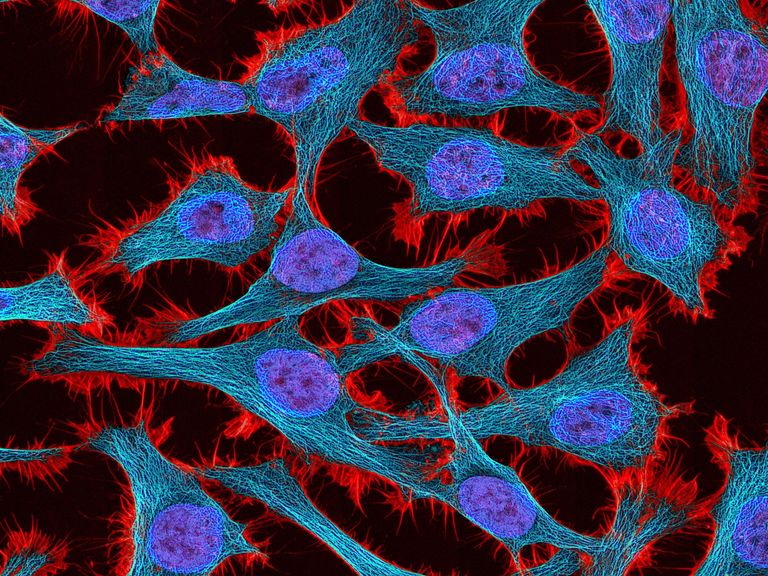Why don't researchers use alternative methods more frequently?

If an alternative method is available and is suitable "according to the state of knowledge" (see Animal Protection Act) to achieve the experimental objective, animal experiment may not be carried out. When researchers apply for approval for an animal experiment, they must justify why they do not use non-animal methods. Such alternative methods are used more frequently than is generally assumed. However, we unfortunately lack statistics on their actual use. For many animal experiments, however, there are no reliable alternative methods available at the moment.
A body, whether of humans or animals, consists of different organs and cell types that are interconnected within complex systems. It is therefore difficult to draw conclusions about the effect of an active substance in the whole organism based on studies on individual cells or tissue cultures.
There is therefore no "either – or": researchers do not work "either on animals – or with alternative methods". As a rule, both approaches are combined, i.e. research methods without animals and studies with animals are carried out if necessary. Studies on artificial organs are an example of alternative methods that are often supplemented by animal experiments. In certain cases, the effect of a substance on an organ can also be tested in a tissue or cell culture. However, the interactions in the body can only be properly assessed in animal experiments. They are decisive for the side effects of drugs. A heart drug has a different effect on isolated heart tissue than in interactions with the liver, the organ where a part of the drug is broken down.
In some cases, national or international legal regulations require researchers to carry out animal experiments because alternative methods have not yet been recognised. It took more than 15 years to develop a toxicity test with fish cells, which was officially approved by the Organisation for Economic Co-operation and Development (OECD). The test is used to determine the acute toxicity chemicals. Until then, thousands of fish were killed every year to test the toxicity.

